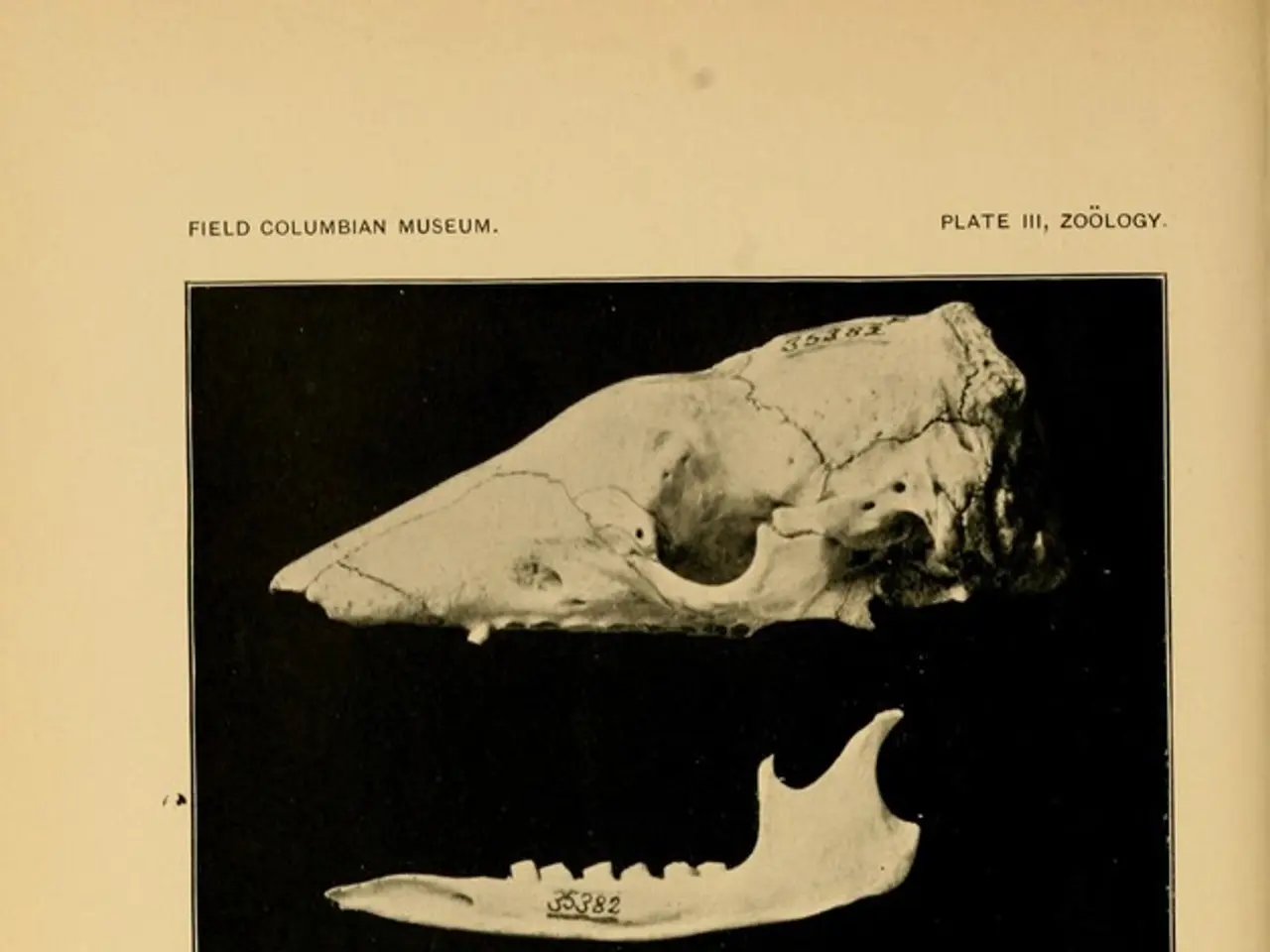Heidelberg Study: Sacrotuberous Ligament's Role in Neurovascular Syndromes
Researchers at the University of Heidelberg have shed new light on the sacrotuberous ligament, a crucial structure in the pelvis. This fan-shaped ligament, located on either side of the posterior pelvis, has been found to play a significant role in neurovascular compression syndromes when ossified.
The sacrotuberous ligament, primarily composed of collagen fibers, supports the sacrum and prevents it from moving under body weight. It connects with the biceps femoris muscular tendon and is also a ligament of the sacroiliac joint. Understanding its anatomy is vital for treating related clinical conditions.
A recent study led by Dr. Jana Schmidt and her team revealed that when this ligament ossifies, it significantly increases the risk of nerve entrapment and associated chronic pain. This can occur due to intense physical activities or sports involving spinal arching, which may stress the ligament. Symptoms of a strained or injured sacrotuberous ligament can mimic those of an iliolumbar ligament injury.
The findings highlight the importance of considering the sacrotuberous ligament in diagnosing and treating neurovascular compression syndromes. Further research is needed to develop targeted therapies for managing these conditions.





